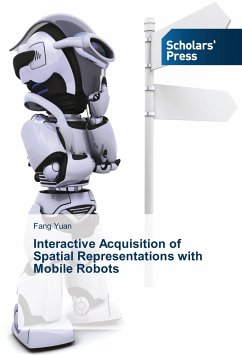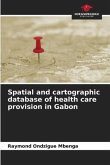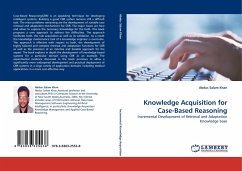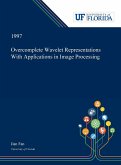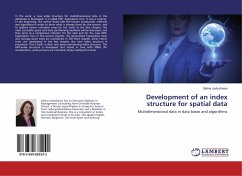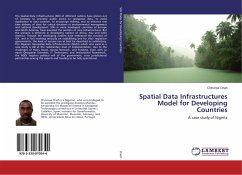Robots providing services to human users in personal context are known as personal service robots. Enriching and facilitating people's lives are their general missions. Acquisition of spatial representations is therefore crucial for such a robot to move around in a human-shared environment, provide services and interact with the user about the environment. With methods developed in the field of autonomous exploration it is possible for a mobile robot to build a metric representation from sensor data, while exploring an initially unknown environment. However, due to the limited perceptual abilities of the robot and dynamic changes in the environment over time, challenges still pose for robots. Besides, in order to make the communication about the environment reliable, a mapping between the spatial understanding of the user and the robot has to be built in a service context. Human Robot Joint Spatial Exploration is proposed in this book to build a framework that allows people to help the robot complete the exploration of the environment initially unknown to it and makes the robot interactively learn from people to build a spatial representation.
Bitte wählen Sie Ihr Anliegen aus.
Rechnungen
Retourenschein anfordern
Bestellstatus
Storno

